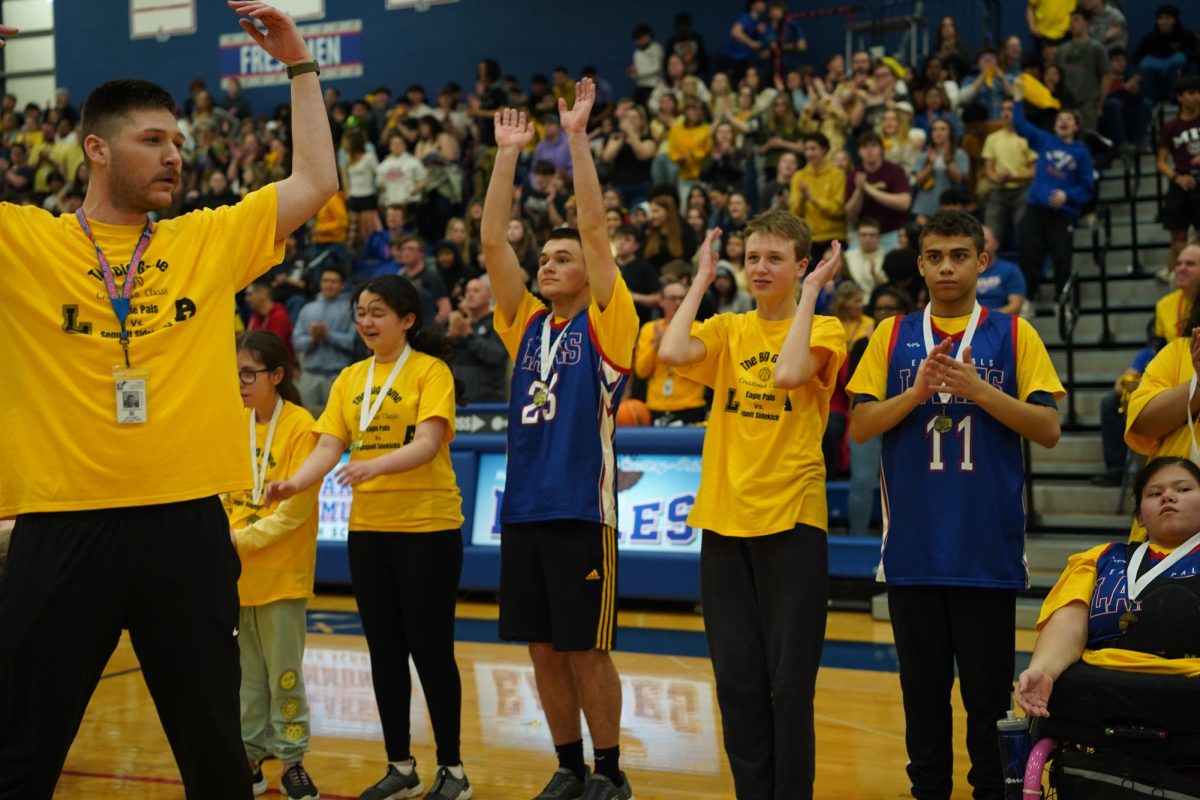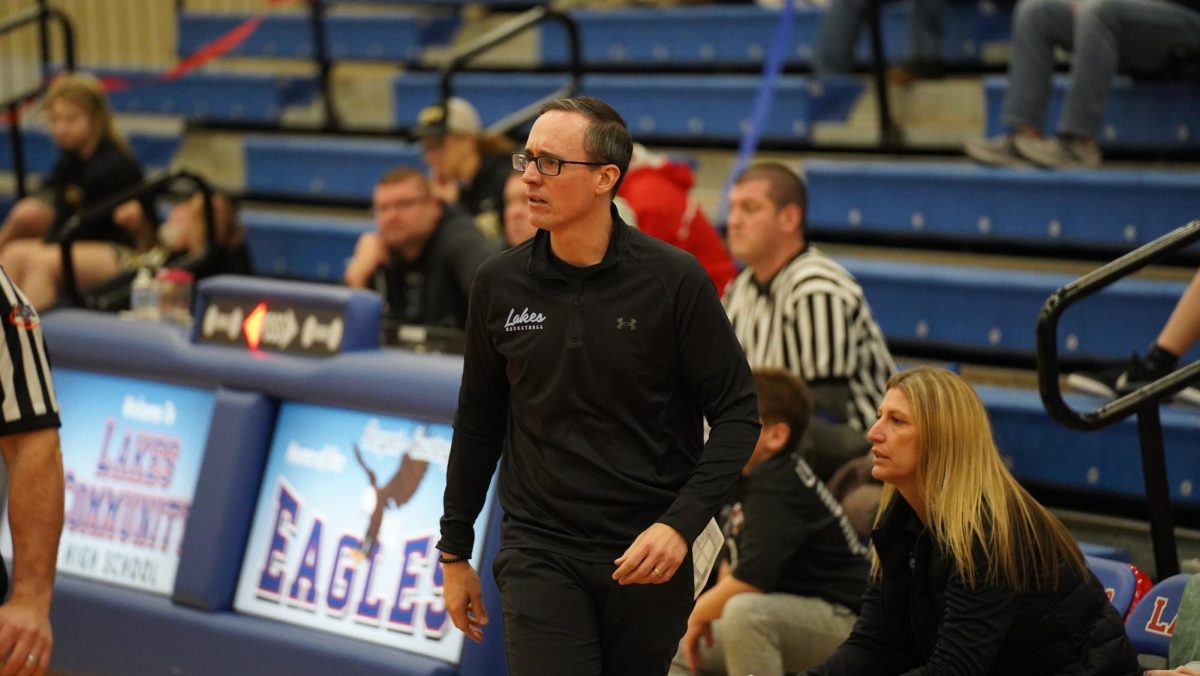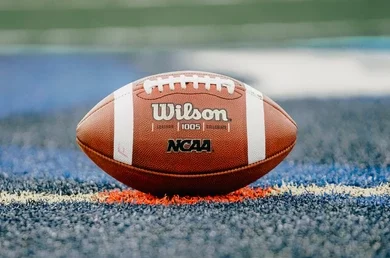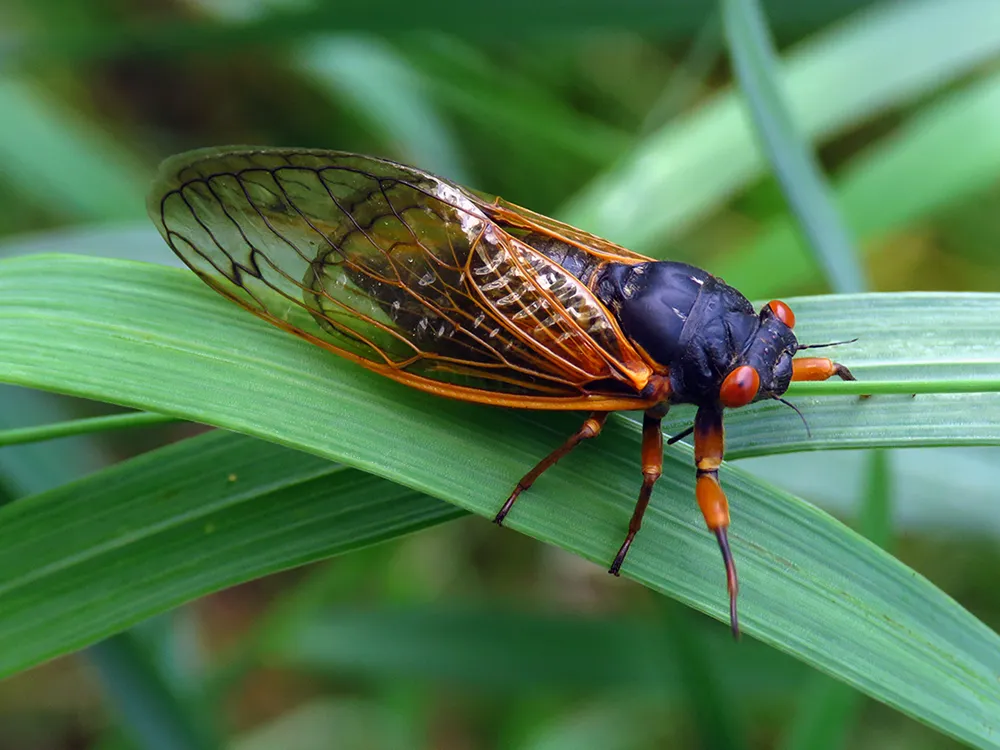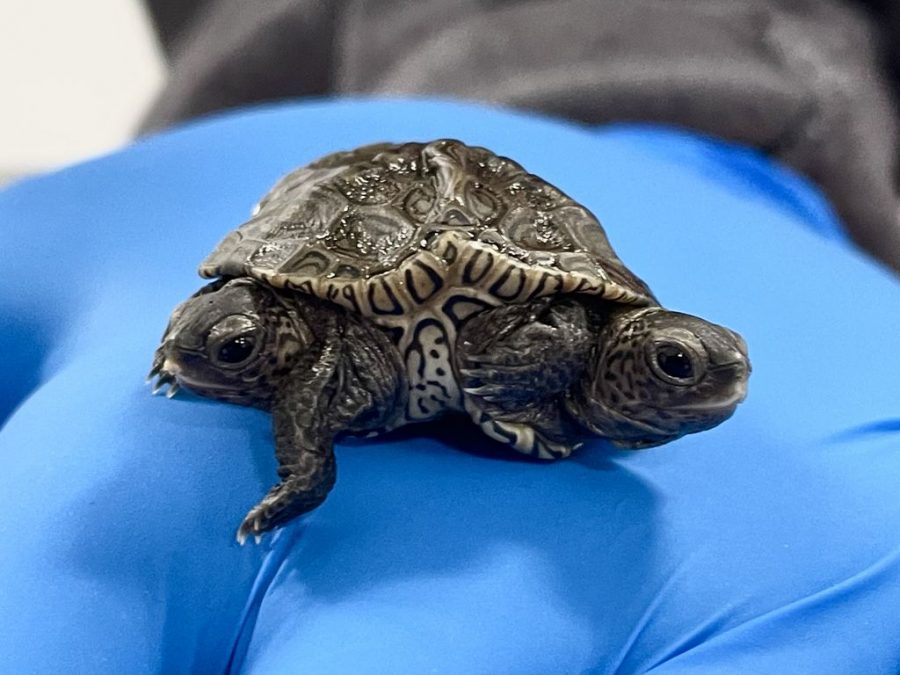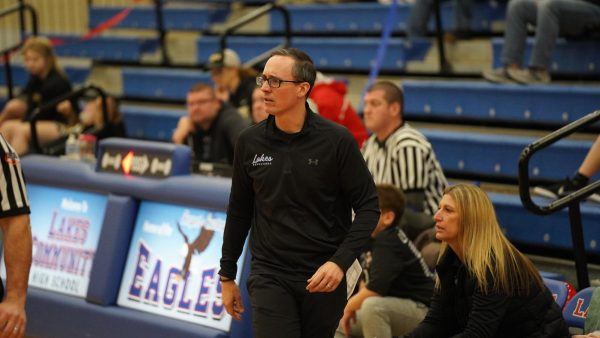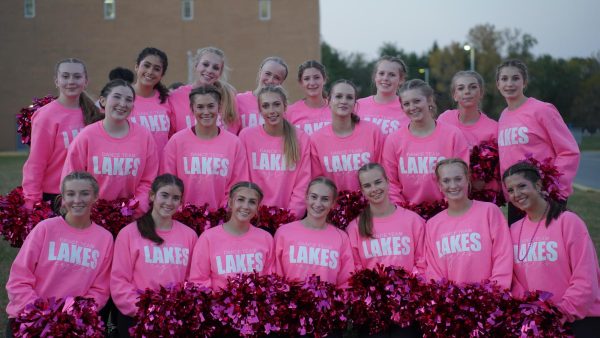Two Heads are Better Than One
In early October, a rare defect occurred and created a six-legged, two-headed diamondback terrapin turtle. This condition, similar to that of creating conjoined twins, is known as bicephaly. These two independent heads each control three of the six legs, breathe their own air, and even have their own gastrointestinal tracts. Despite these split functions, the turtle twins still share a spine.
Due to their rare condition, normally caused by genetic or environmental influences on a developing embryo, these twins were not suspected to survive for long, even after being taken to the Cape Wildlife Center. According to officials, the twins hatched at a protected site in Barnstable and were quickly rushed to the hospital center for evaluation.
It was well presumed that the twins wouldn’t live for long, but, according to the scientists, they are still alive and thriving. Deemed “Mary-Kate and Ashley,” the duo has gained weight, which is evidence of them being healthy and prosperous. Doing all of the activities representative of a lively turtle, Mary-Kate and Ashley are working together to navigate their environment and to eat, sleep, and play.
The condition of these twins along with their vivid liveliness has allowed for a lot of scientific research on bicephaly that was previously unable to be performed. In this condition that is most common in snakes, the fact that this threatened Massachusetts turtle species has survived this long even with their affliction is seen as remarkable. Though this anomaly usually won’t allow the twins to survive long in the wild, with the care of the scientists, Mary-Kate and Ashley can live a long, fulfilling life.
